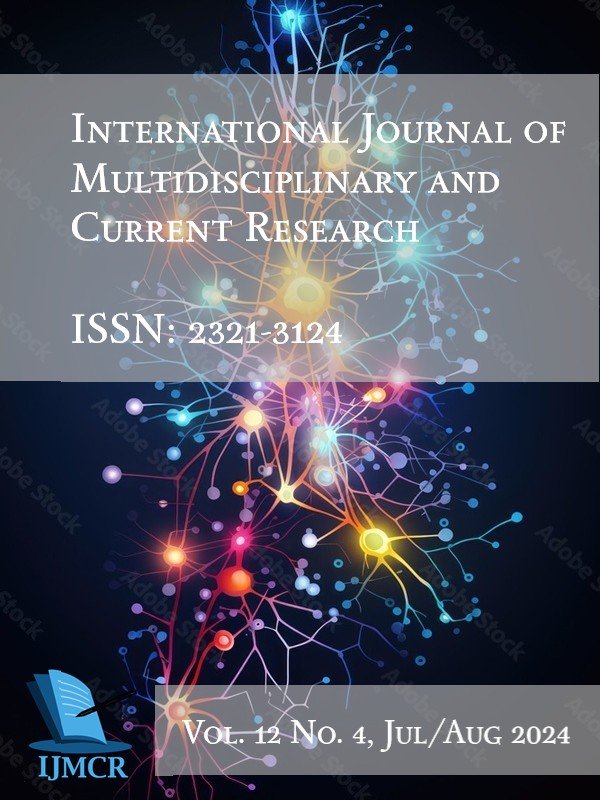Petrography of the Maneah Granites
DOI:
https://doi.org/10.14741/ijmcr/v.12.4.3Keywords:
Manéah, Granite, Petrography, MineralogyAbstract
Granites are widely studied around the world in order to obtain petrographic, structural, mineralogical, geochemical, metallogenic information to name a few. However, some granites have not had up-to-date and/or extensive studies. To update and further studies on the granites of the Republic of Guinea, we have chosen to conduct petrographic and mineralogical studies of the open quarries on the granite massif of Manéah, south-west of the territory. A macroscopic field analysis and microscopic through thin sections in the laboratory was performed. The X-ray diffractometer (XRD) allowed us to observe the mineralogy of granites. These granites have a grainy texture and massive structure. They have quartz veins and pegmatite veins. A large metamorphic shale seam was exposed by the SOFAMAC quarry. Manéah granites consist of quartz, plagioclase, orthose, microcline, biotite, muscovite, sulphide, zircon, chlorite, sericite, garnet, carbonate and opaque minerals. Chlorite and garnet are minerals indicators of regional metamorphism, carbonate is a mineral indicator of hydrothermalism and finally sericite indicates an alteration of granites. These results allowed us to conclude that the Manéah granites were affected by a regional metamorphism of green shale facies to amphibolite and hydrothermalism.

